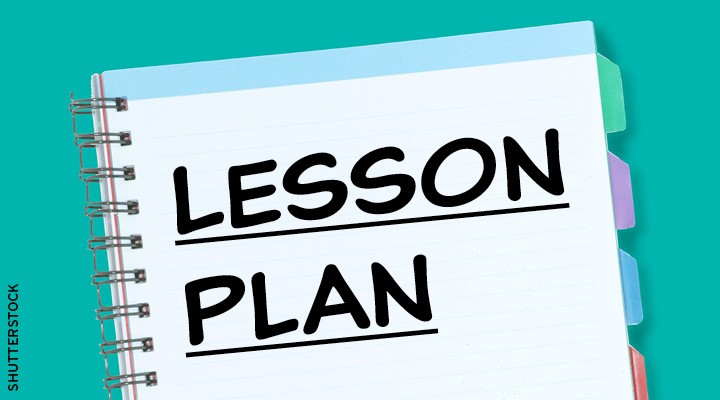Mmm . . . the scent of freshly baked cookies drifts from the oven. You can’t wait to taste one! But have you ever baked a cookie that didn’t turn out how you hoped? Maybe it was too chewy or too flat?
What makes cookies come out perfectly—or not quite right? Often the answer has to do with chemistry, says Lesa Tran Lu. Tran teaches the subject at Rice University in Texas. For one of her courses, she takes students out of the classroom and into the kitchen to put her lessons into practice.
“It’s a fun and delicious way to learn chemistry,” she says.
An understanding of chemistry can help you tweak your favorite cookie recipe—or even come up with a new one! Tran talked with SuperSTEM about some of the baking secrets she loves to teach.
Mmm! The smell of freshly baked cookies drifts from the oven. You can’t wait to eat one! But sometimes baking cookies doesn’t turn out how you hoped. They might be too chewy or too flat.
What makes cookies come out perfectly or not quite right? Often the answer has to do with chemistry, says Lesa Tran Lu. That’s what she teaches at Rice University in Texas. She takes students out of the classroom for one of her courses. They head into the kitchen to put her lesson into practice.
“It’s a fun and delicious way to learn chemistry,” she says. Knowing chemistry can help you tweak your favorite cookie recipe. Or it could help you come up with a new one! Tran talked with SuperSTEM about some of the baking secrets she loves to teach.


